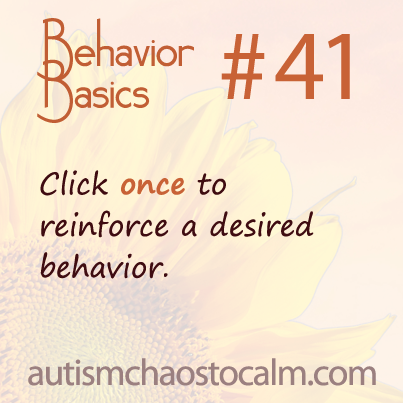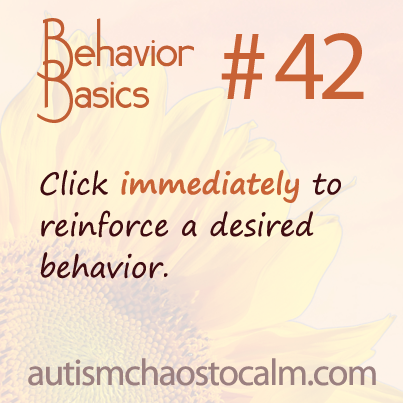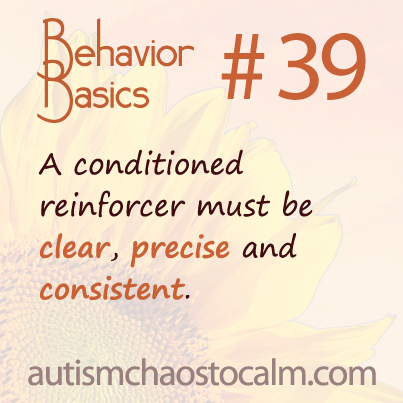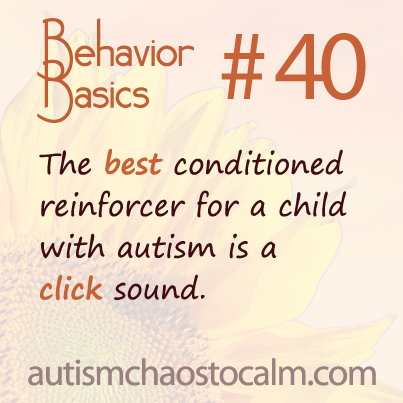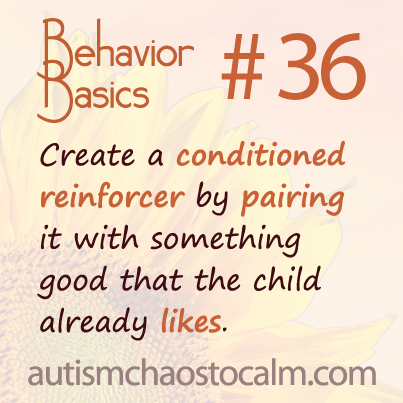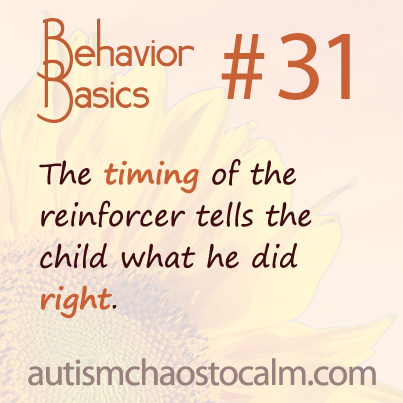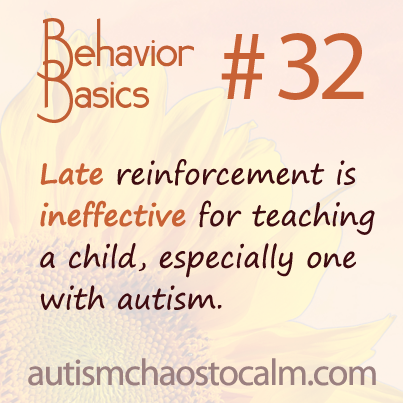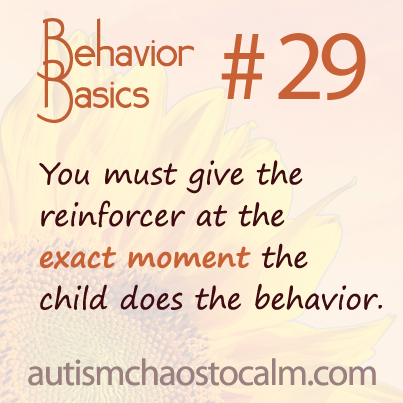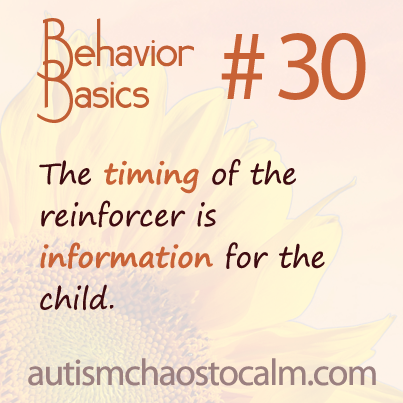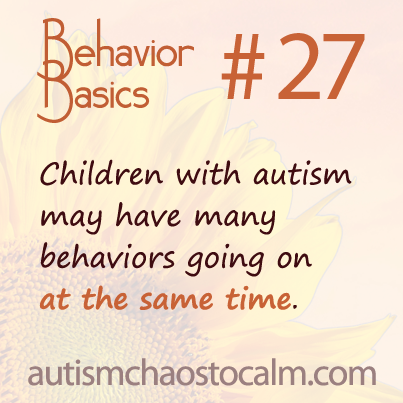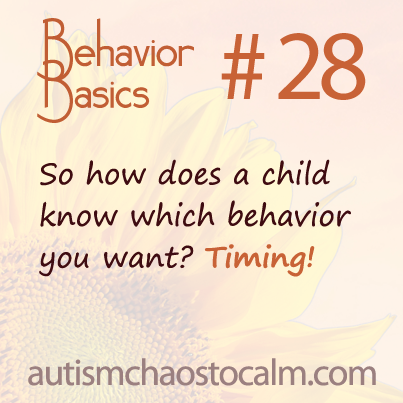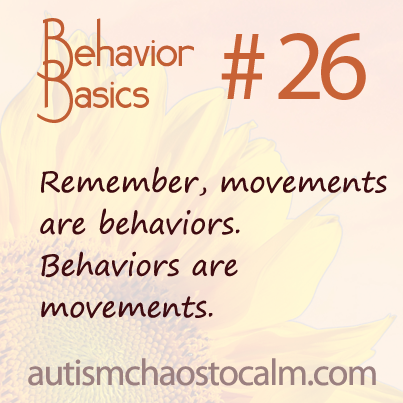 43. If a behavior deteriorates, strengthen it with an intensive course of reinforcement
43. If a behavior deteriorates, strengthen it with an intensive course of reinforcement
Sometimes a child (any child, with a disability or without) may appear to have forgotten a skill. The child no longer says “Thank you,” or stops flushing the toilet, or goes back to kicking the seat in the car. The solution to this is simple: go back to reinforcing the desired behavior. To revive the “thank you’s,” whenever you give the child a desired item, say “thank you” yourself and look at the child with the expectation that he will say it. As soon as he says, “thank you,” give the item cheerfully and say, “Thank YOU!” Do this intensively for a while and the thank-you’s will return. For other problems, set the relevant tag points: Flush or Feet Down in Car, and tag and reinforce the child every time he performs the desired behaviors. Since the child already knew these behaviors, they will come back with an intensive course of reinforcement. When the child is performing the behaviors again, switch from a continuous reinforcement schedule (reinforcing every time) to a variable, intermittent schedule (reinforcing 1 out of 2 times, then 2 out of 3, then 2 out of 4, and so forth, until you are reinforcing only every 5th or 8th or 12th time). Keep up the variable intermittent schedule, and the behavior will stay nicely in place. So, if a behavior erodes, go back to the beginning and build it back up with intensive reinforcement.
REMINDER: This concludes the wrap-up of Behavior Basics for the week. Please remember the schedule: On the release date of each module, the Behavior Basics for that module will be compiled into a PDF ebook available from our blog and Facebook page. Click on this link to download the entire series of 42 Behavior Basics for free: http://statictab.com/m7bizwt.
